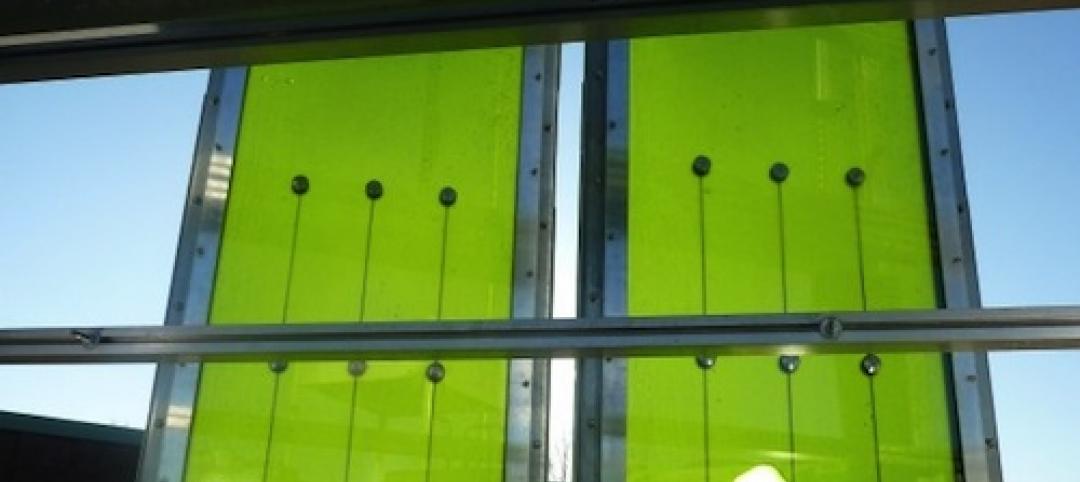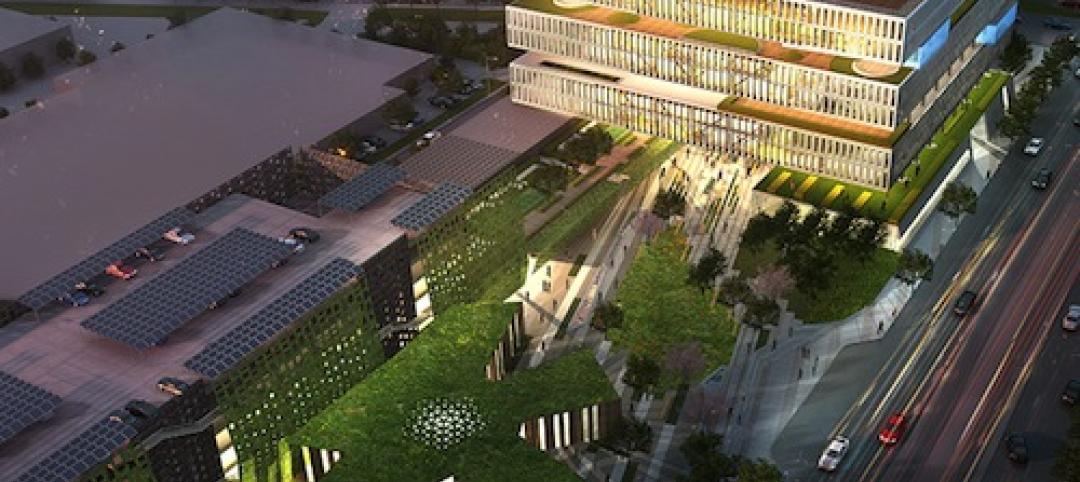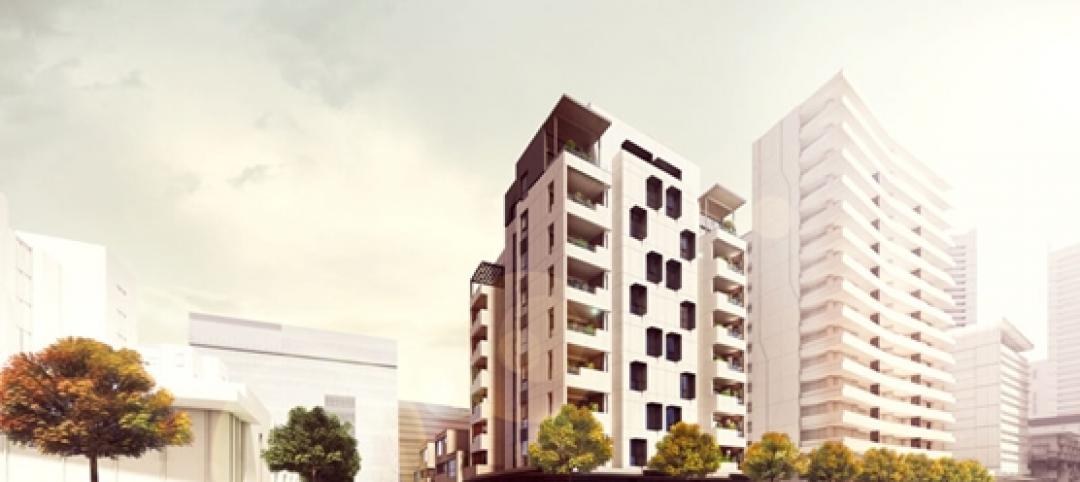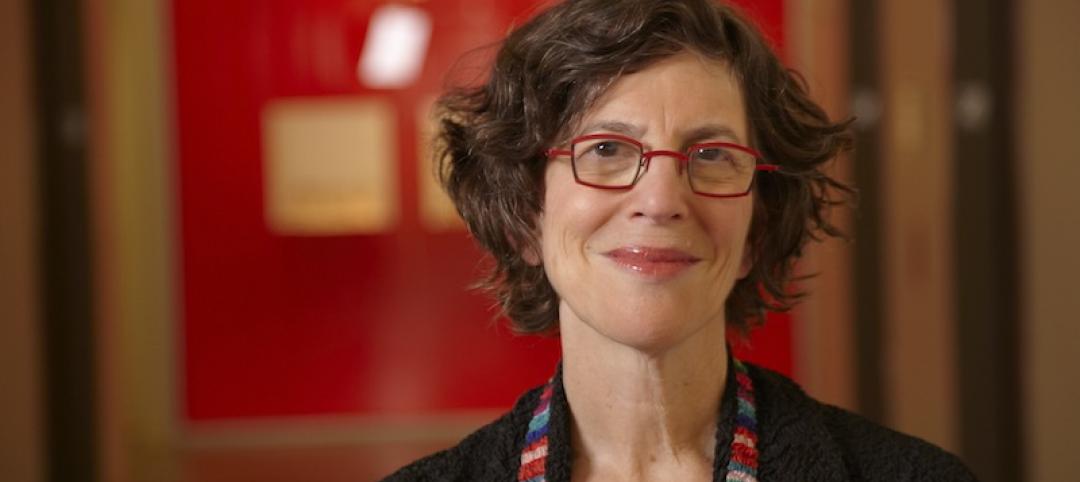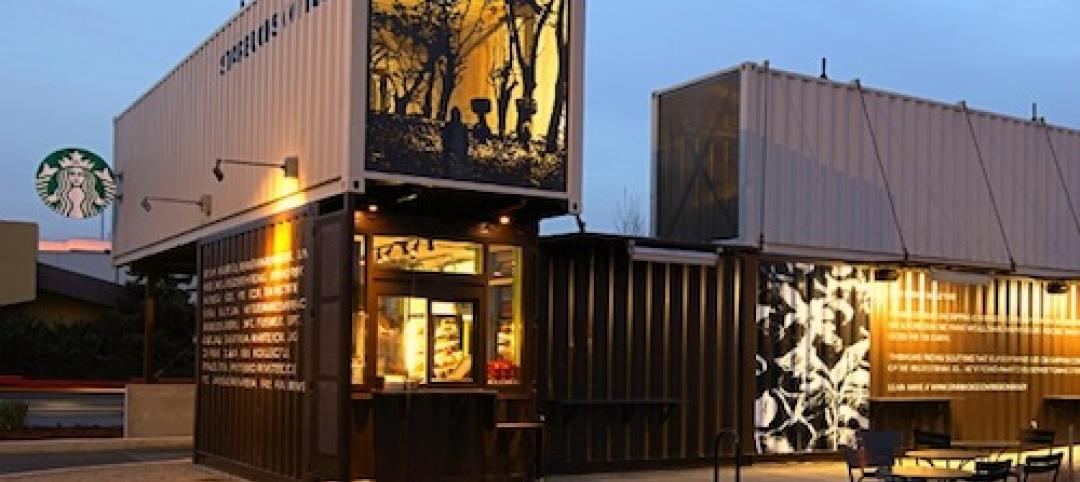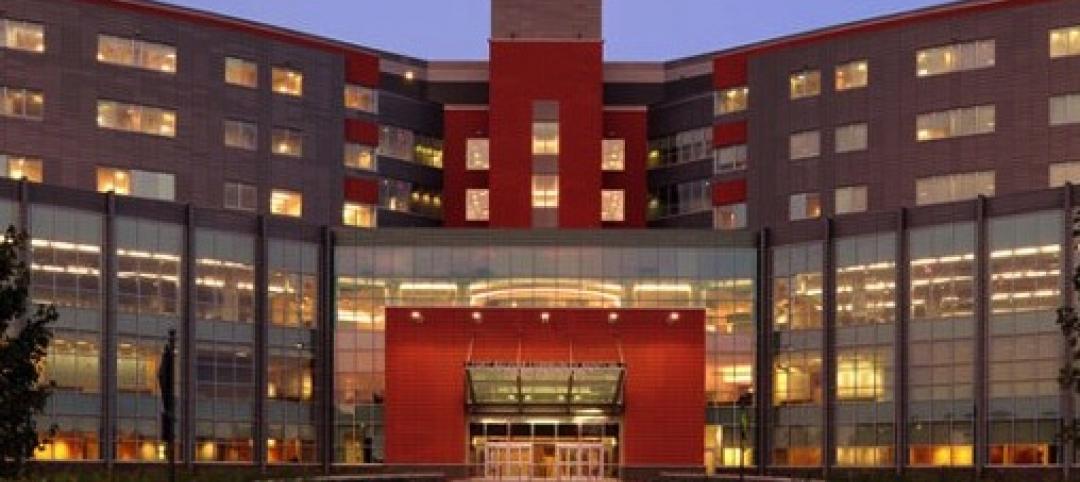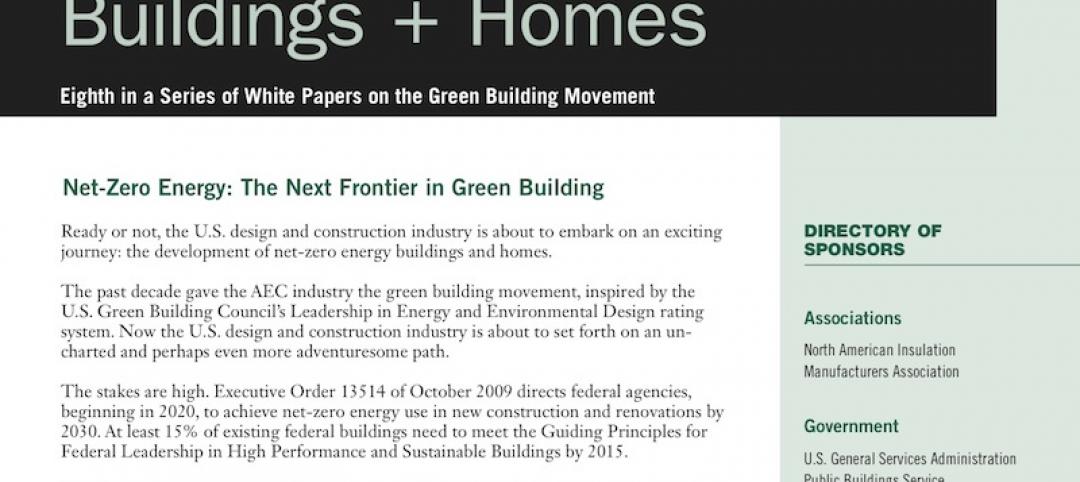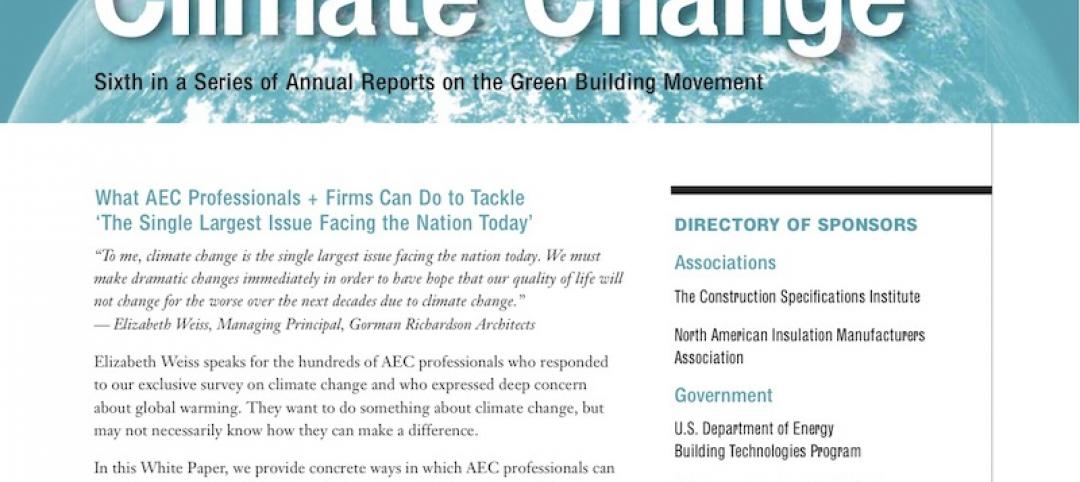Terranova Ranch in Fresno, Calif., grows more than 25 different crops on 6,000 acres. The company, which started in 1981, has focused its attention lately on methods that keep its soil, water, and air quality as healthy and sustainable as possible.
The design for Terranova Ranch’s new office pavilion is the first net-zero carbon and net positive energy project by Paul Halajian Architects (PHA), and the client’s design choices were informed by the use of cove.tool’s web-based building performance app.
Terranova Ranch’s aimed for a 100 percent reduction in operational carbon emissions, and the architect provided several options toward meeting or exceeding that goal. (Cove.tool shared some of the details of this case study with BD+C.)
GOING BEYOND CODE MINIMUMS
Initially, the energy model for the 5,800-sf office building was designed to follow code minimum baseline assumptions from California’s Title 24, version 2019, which offered a carbon reduction of 12 percent. PHA’s project architect conducted several analyses on possible improvements to reduce the overall Energy Use Intensity (EUI), which in this model was 42.52 kBtu/sf/year.
These analyses measured the impacts of the building’s HVAC, lighting, equipment, hot water, fans, and pumps. The first proposed design change was an envelope upgrade, from the mandatory minimum of R-19 to R-30 by adding two inches of Expanded Polystyrene (EPS) foam board to the exterior walls; and three inches of foam board insulation to the roof, which increased its R-value from 30 to 41. These changes would increase the building’s overall carbon reduction in base design to 20 percent and reduce the EUI to 38.
GLAZING’S BENEFITS DIDN’T PENCIL
The second option the architect investigated for Terranova Ranch combined the proposed envelope upgrade with improved glazing using Solarban 72 Acuity glass or Starphire glass with a u-value of 0.28 and solar heat coefficient of 0.28. (The baseline requirement is Solarban 60.) However, using cove.tool analysis tool, the architect determined that the whole-building EUI would have only reduced to 37, and only increased the carbon reduction by 2 percent from the first option. There were also cost considerations that made the glazing option less favorable.
The third upgrade option explored introduced 2,200 sf of monocrystalline solar panels, angled at a 15-degree incline atop a shaded parking structure. This option would reduce the building’s carbon emissions by 84 percent (from option No. 2’s 22 percent) and decrease the EUI to 7 form 37. Terranova Ranch was enthusiastic about this option.

A fourth alternative explored introducing heat recovery by adding an energy recovery ventilator in the ceiling. This option allowed for a carbon reduction of 103 percent and an EUI score of negative 1.5. The client agreed to move forward in the building’s design with each option except the glazing upgrade.
SUNLIGHT EXPOSURE WILL REDUCE BUILDING’S LIGHTING NEEDS
Along with the energy study, the architect conducted other analyses. Using cove.tool software, the architect observed that 85 percent of the office building’s interior would have access to “quality exterior views,” which in turn would earn the product LEED Views Credit. A daylight analysis of the architect’s design also showed that the building would be exposed to up to 12 hours of sunlight per day, reducing the design’s artificial lighting requirement.


While most clients might not be as sustainably inclined as Terranova Ranch, conducting data-driven analyses can be fruitful as a common practice that allows the design team and client to delve into different design scenarios to achieve an intended performance goal.
Construction on the office pavilion was scheduled to begin in late spring. The architect and client did not disclose construction costs.
Related Stories
| Mar 6, 2013
German demonstration building features algae-powered façade
Exterior of carbon-neutral demonstration building consists of hollow glass panels containing micro-algae "farms."
| Mar 5, 2013
Recycled recreation: Waste-to-energy plant combines with ski resort
A new project near Copenhagen pushes the boundaries of the term "mixed use," combining a waste-to-energy plant with a ski resort.
| Feb 28, 2013
Greeening Silicon Valley: Samsung's new 1.1 million-sf HQ
Samsung Electronics' new 1.1 million sf San Jose campus will support at least 2,500 sales and R&D staff in the company's semiconductor and display businesses.
| Feb 28, 2013
Lend Lease builds world's tallest timber apartment building
Construction giant Lend Lease recently put the finishing touches on Forté, a 10-story apartment complex in Melbourne, Australia's Victoria Harbour that was built entirely with cross laminated timber (CTL) technology.
| Feb 27, 2013
Bronx residents get LEED Platinum public housing complex, rooftop farm
The New York City Housing Authority has opened Arbor House, a 124-unit LEED Platinum complex in the Morrisania neighborhood of the Bronx.
| Feb 25, 2013
HOK sustainability expert Mary Ann Lazarus tapped by AIA for strategy consulting position
Mary Ann Lazarus, FAIA, LEED® AP BD+C, has accepted a two-year consulting position with the American Institute of Architects in Washington, DC. Her new position, which begins March 1, will focus on increasing the AIA's impact on sustainability across the profession. The St. Louis-based architect will continue consulting at HOK.
| Feb 22, 2013
Starbucks pilot program rolls out small, modular stores
Coffee giant Starbucks is rolling out mini-stores with maximum local flavor, as part of an international pilot program.
| Feb 22, 2013
Defense department report: Green design saves taxpayers money
An independent report on energy efficiency and sustainability standards used by the Pentagon for military construction affirms the value of LEED-certified high performing buildings to America’s military and U.S. taxpayers.
| Feb 21, 2013
BD+C's 2011 White Paper: Zero and Net-Zero Energy Buildings + Homes
We submit our eighth White Paper on Sustainability in the hope that it will inspire architects, engineers, contractors, building owners, developers, building product manufacturers, environmentalists, policymakers, government officials, corporate executives, officeholders, and the public to foster the development of net-zero energy buildings and homes.
| Feb 21, 2013
BD+C's 2008 White Paper: Green Buildings + Climate Change
In this White Paper, we provide concrete ways in which AEC professionals can have a positive role in addressing climate change.



